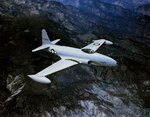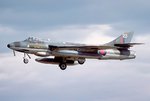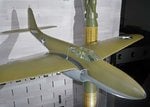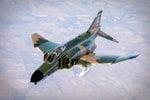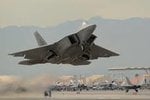davparlr
Senior Master Sergeant
Whether the Me 262 was overrated or not is a complex question. In 1944-45 it was certainly a threat to daylight bombing but I don't believe it could have provided air superiority over Germany without a powerful supporting cast protecting the airfields, where the Me 262 was most vulnerable. Post D-day, the Western allies had just too many aircraft to flood the air. But it, along with the poorer aero-designed Meteor, ushered in a new epoch in air warfare and travel. But both were dead end streets of jet fighter designed. Both were designed with specific requirements that hampered follow-on fighter designs and this was the wing nacelle mounted engines. Both the P-59 and the P-80 laid out the engine configuration for the future jet fighter, the P-59 with its conformal engine mounts, although hampered by poor aero design including a 60% increase in wing area over the Me 262, and the P-80 with its large single engine buried in the fuselage, which, by the way was incorporated in the earliest British and German test planes. The big impact on future jet fighter designs were the very late German aircraft designs including the P 1101 and German research. So, other than ushering jet fighter operations, both the Me 262 and Meteor contributed little to follow on jet fighter designs and were therefore overrated in that regard.

